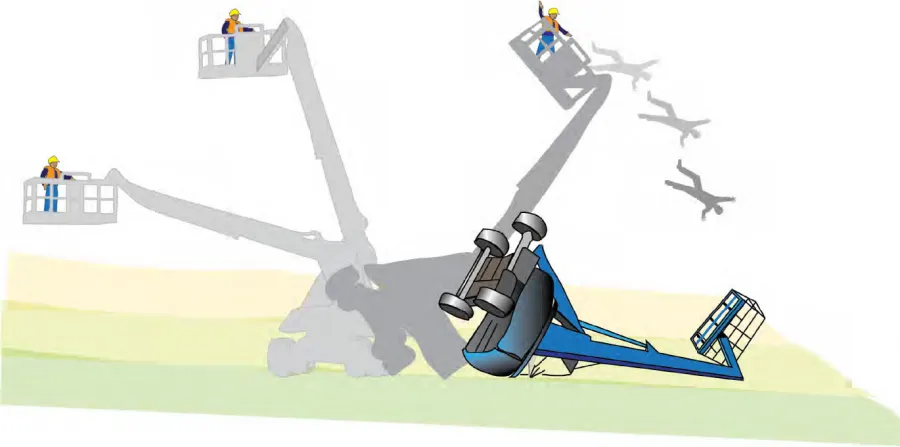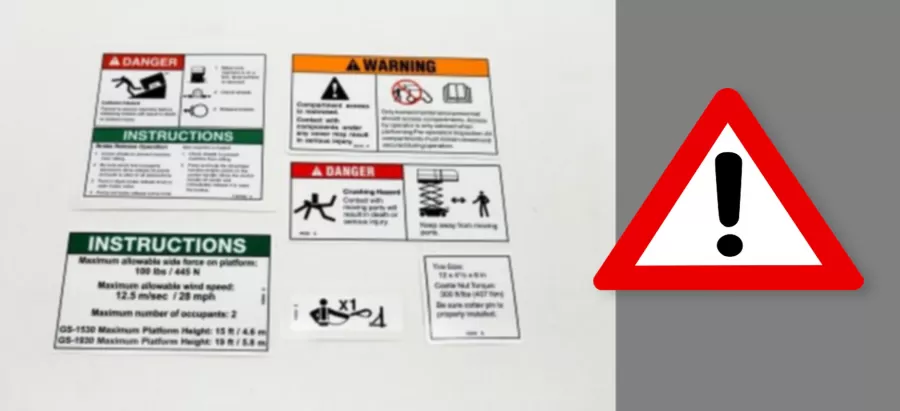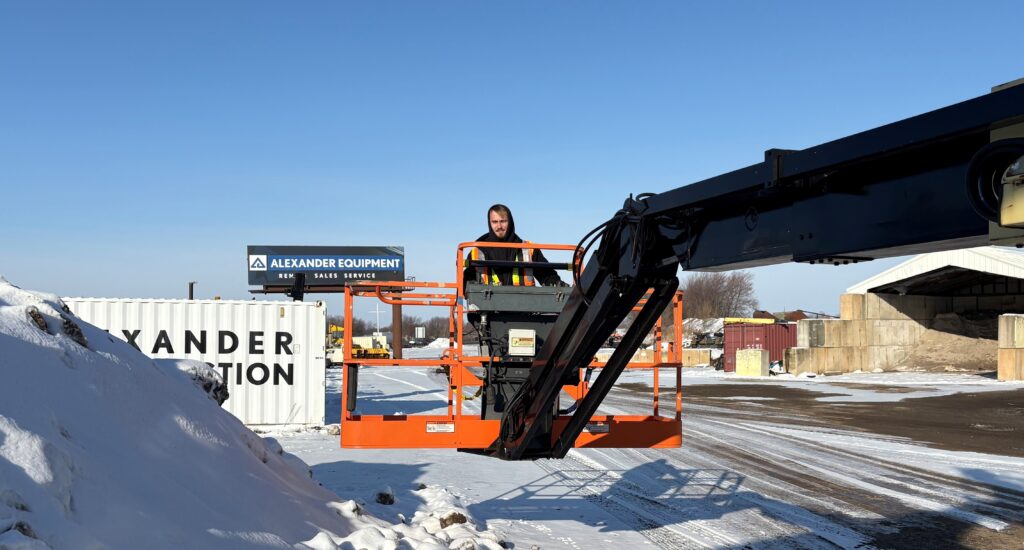The Fundamentals of Forklift Selection
Understanding the 7 Classes of Forklifts
Understanding the different types of forklifts available is critical to jobsite safety and efficiency. Selecting the right fork truck for the job is every employer and forklift operator’s responsibility.
There are 7 Classes of forklifts and every operator must be trained and certified to operate each class of forklift that they are required to operate. This includes classroom as well as hands on familiarization training.
Classification depends on factors such as application, fuel option, and features of the forklift. Knowing the difference between them can help you decide how to choose the right forklift for the task at hand.
Class 1: Electric Motor Rider Trucks
Electric forklifts are ideal where zero emissions are required. They are suited for loading and unloading tractor trailers and handling pallets.
Electric forklifts can be equipped with either cushion or pneumatic tires. Cushion-tired lift trucks are intended for indoor use on smooth floors such as concrete, capable of supporting the weight of the fork truck and load. . Pneumatic-tired models can be used indoors or outdoor applications where the surface is firm, relatively level, and dry.
Class 1 fork trucks are powered by industrial batteries and use transistor motor controllers to control travel and hoist functions.
Electric lifts can be more expensive to purchase, but you can expect to save in fuel and maintenance costs.
Class 2: Electric Motor Narrow Aisle Trucks
This forklift is ideal for narrow aisle operation where maximizing storage space is important. Electric narrow aisle fork trucks have unique features designed to minimize the space occupied by the truck and to improve efficiency. They are ideal for operating in tight spaces, handling pallets, picking, and storing inventory, and can be used to gain more storage space in the same warehouse footprint.
This class includes reach trucks, in which the operator guides the forks to reach up to pick up pallets, as well as order pickers, in which the operator platform can be raised and lowered to access individual items.
Class 2 forklifts are typically stand-up lifts but sit down options are also available.
Class 3: Electric Motor Hand or Hand-Rider Trucks
These are hand-controlled forklifts including electric hand trucks and pallet jacks. The operator is in front of the truck and controls the lift through a steering tiller. All controls are mounted on the top of the tiller, and the operator moves the tiller from side to side to steer the truck. These vehicles are battery powered. Smaller capacity units use industrial batteries.
Electric Motor Hand or Hand Rider forklifts are ideal for quickly unloading tractor trailers for short runs and smaller warehouse applications. “Walkie stacker” lifts also fall into this class.
Class 3 forklifts generally only lift loads a few inches off the ground, but walkie stacker models are capable of lifting loads higher.
Class 4: Internal Combustion Engine Trucks—Solid/ Cushion Tires
These sit-down forklifts are designed for indoor use on smooth dry floors such as concrete. They are primarily used for transporting palletized loads to and from the loading dock and storage area. Cushion-tired forklifts are lower to the ground than forklift trucks with pneumatic tires and can be useful in low-clearance applications.
Class 4 forklifts are powered by internal combustion engines that run most commonly on LP gas but are available in diesel powered options suitable for outdoor use on firm level surfaces as well.
Reasons for selecting an internal combustion engine powered forklift over the Class 1 electric model may include lower acquisition cost, less down time spent recharging/ refueling and lower impact on warehouse space because no battery charging stations are needed.
Lifting capacity for Class 4 forklifts ranges from 3,000 to 15,500 lbs.
Class 5: Internal Combustion Engine Trucks—Pneumatic Tires
These forklifts are designed primarily for outdoor use but can also be used indoors in warehouse operations for virtually any type of application. They feature pneumatic tires but can also be outfitted with “solid pneumatic” tires for work environments where risk of puncture is greater and are available in single or dual axel configurations.
Class 5 lift trucks are powered by internal combustion engines and are available in LP gas, gasoline, and diesel-powered options.
Lifting capacity for Class 5 forklifts ranges from 3,000 to 15,500 lbs. but higher lifting capacity options are available up to 36,000 lbs.
Class 6: Electric and Internal Combustion Engine Tractors
Often called a “tugger,” these machines are most commonly used for pulling loads from Point A to Point B rather than lifting. These vehicles can be equipped with either internal combustion engines for outdoor use or battery-powered electric motors for indoor use.
An example of a tugger is a low ground clearance tractor towing a train of luggage carts from the terminal to a plane’s storage compartment at any airport.
Class 7: Rough Terrain Forklift Trucks
Also referred to as telehandlers or reach forklifts, these boom over rough terrain, material handling machines are equipped with large, tractor style tires that provide the traction needed for uneven outdoor terrain. They are diesel powered and equipped with a telescoping mast to provide far greater vertical and horizontal reach.
Often used at construction sites to transport and lift building materials to various job site locations as well as lumber yards and auto recyclers.
Operating a Class 7 Rough Terrain Forklift Truck requires additional training because the load may be extended out on the telescopic boom rather than simply lifted straight up and down.
Alexander Equipment offers telehandlers for rent ranging from compact to full size in 5 configurations:
· 5,000 lb load capacity/ 19 ft max lift height,
· 6,000 lb load capacity/ 36 ft max lift height,
· 8,000 lb load capacity/ 42 ft max lift height,
· 10,000 lb load capacity/ 55 ft max lift height
· 20,000 lb load capacity/ 44 ft max lift height.
Whether you are looking to purchase your first forklift, add to your fleet, replace an existing fork truck or trying to select the proper forklift rental, we hope this information on how to choose the right forklift for the job has been helpful.
If you have additional questions, please call our forklift experts today.
Alexander Equipment has industrial forklifts for rent.





